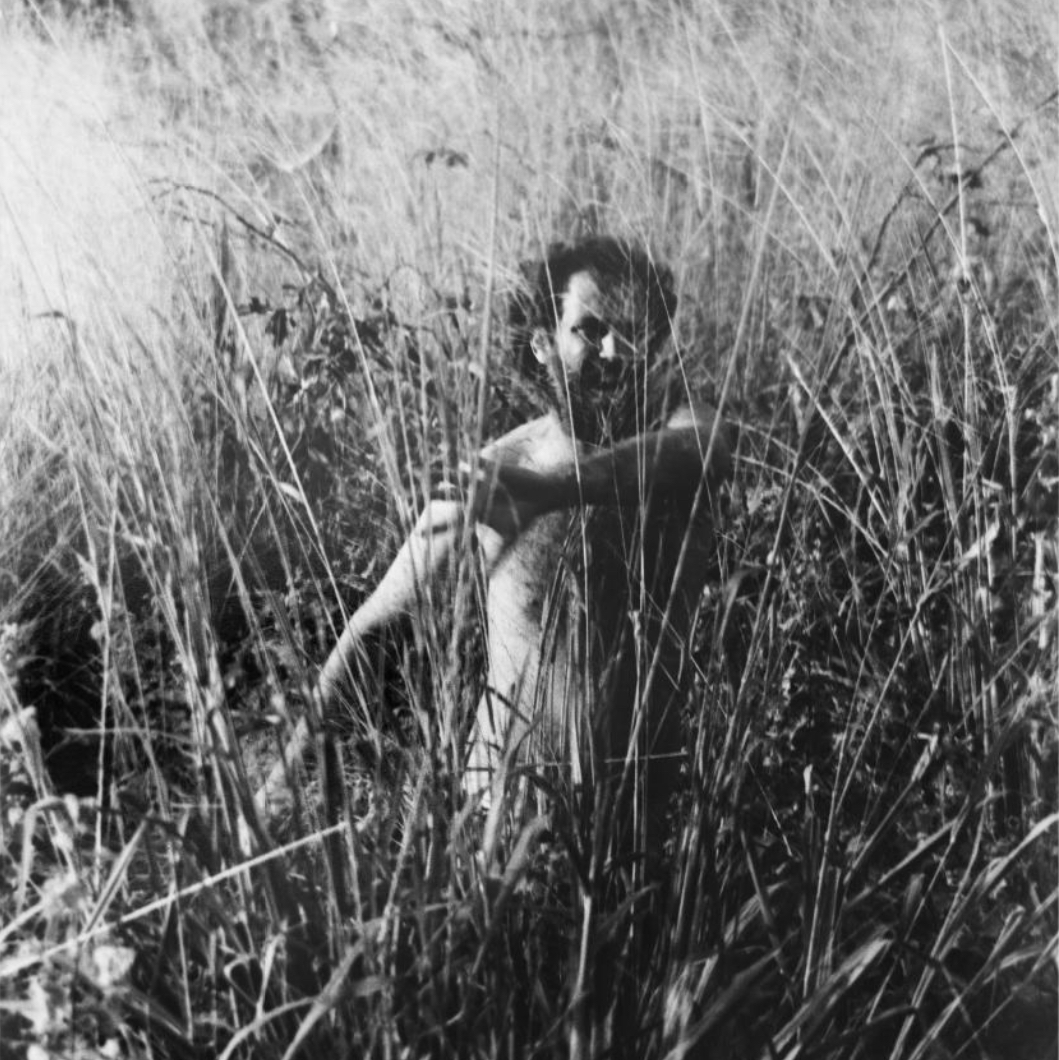
Alan Sonfist: Natural History
Image Gallery Exhibition FileMarch 29 - June 12, 2016
Tuesday, March 29 at 6:30 pm, Artist Talk in Eliot ChapelFree and open to the public.
On view Tuesday, March 29—Sunday, June 12
The exhibition is open every week, Tuesday through Sunday, 12:00—5:00 pm. Free and open to the public.
Exhibition curators: Robert Slifkin, Associate Professor of Fine Arts, Institute of Fine Arts, New York University, and Stephanie Snyder, John and Anne Hauberg Curator and Director, Douglas F. Cooley Memorial Art Gallery, Reed College, with Assistant Curator Allison Tepper, Curatorial Project Assistant, Whitney Museum of American Art, New York.
Alan Sonfist (b. 1946, Bronx, New York) is among the first generation of 1960s artists who began to explore the natural environment as both the site of, and the material for, creative practice. Sonfist is perhaps best known for his project Time Landscape, a handcrafted New York City park located at the corner of Houston Street and La Guardia Place in Greenwich Village. In Time Landscape, Sonfist researched, cultivated, and planted a park of indigenous foliage that grew on Manhattan island prior to European settlement. The park was developed in 1965, planted in 1978, and continues in perpetuity. Time Landscape’s evolving, open-ended interaction with New York’s bustling urbanism epitomizes the artist’s attention to the evolving and contingent dynamics motivating our understanding of the natural world.
Unlike many of the most well known artists associated with the Land Art movement—Robert Smithson, Michael Heizer, and Walter De Maria—Sonfist’s work is distinguished by its sustained and multifaceted investigation of humanity’s interaction with nature. While other Land Art artists journeyed into the landscape to explore its magnanimity and symbolism in spaces largely devoid of human presence, Sonfist investigates nature in the context of human habitation, literally bringing nature back to the urban environment and the museum.
By focusing on Sonfist’s work created between 1960 and 1980, Alan Sonfist: Natural History expands our awareness of Land Art’s broader ecological and historical implications, particularly its influence on the development of installation and social practice art. It could be argued that today, when many of the aesthetic innovations associated with Land Art and conceptual art more generally have been thoroughly integrated into contemporary artistic and museological practice, it is the content and biocentrism of land-based practices that have become most crucial to contemporary culture.
From the beginning of his career, Sonfist extended the aesthetic implications of Land Art by bringing its ecological significance to the fore, engaging—or perhaps reengaging—the long tradition of artistic representations of the landscape and the natural environment in relationship to its own fragmented history within urban culture. For Sonfist, nature presents an infinite number of viable subjects for artistic reflection.
Despite the fact that his work has been collected by many major public and private collections, including: the Metropolitan Museum of Art, New York; the Museum of Modern Art, New York; The Whitney Museum of American Art, New York; and the Ludwig Museum in Aachen, Germany, Sonfist has not received the same level of attention as some of the other artists associated with Land Art. Alan Sonfist: Natural History brings a renewed attention to Sonfist’s extensive and multifaceted oeuvre, in particular his research-based and performance practices.
The exhibition includes rare photographs and films, as well as drawings, and assemblages. The exhibition also provides the first extensive consideration of Sonfist’s performance works in which the artist ventured into nature to “become one” with the environment’s inhabitants. The exhibition presents a nuanced understanding of the artist’s early career, situating his work within some of the most important artistic tendencies of the past thirty years, and demonstrating the increasing relevancy of Sonfist’s exploration of humankind’s relationship with the environment.
A Companion Edition reader accompanies the exhibition. Companion Editions is a special publication imprint of the Cooley Gallery Reed College, designed by Heather Watkins. The reader features two essays by the show’s lead curators Robert Slifkin and Stephanie Snyder, and an essay by the show’s assistant curator Allison Tepper. The book will be an essential reference for anyone interested in exploring Sonfist’s work, and the history and legacy of the Land Art movement. Publication date: May, 2016.
